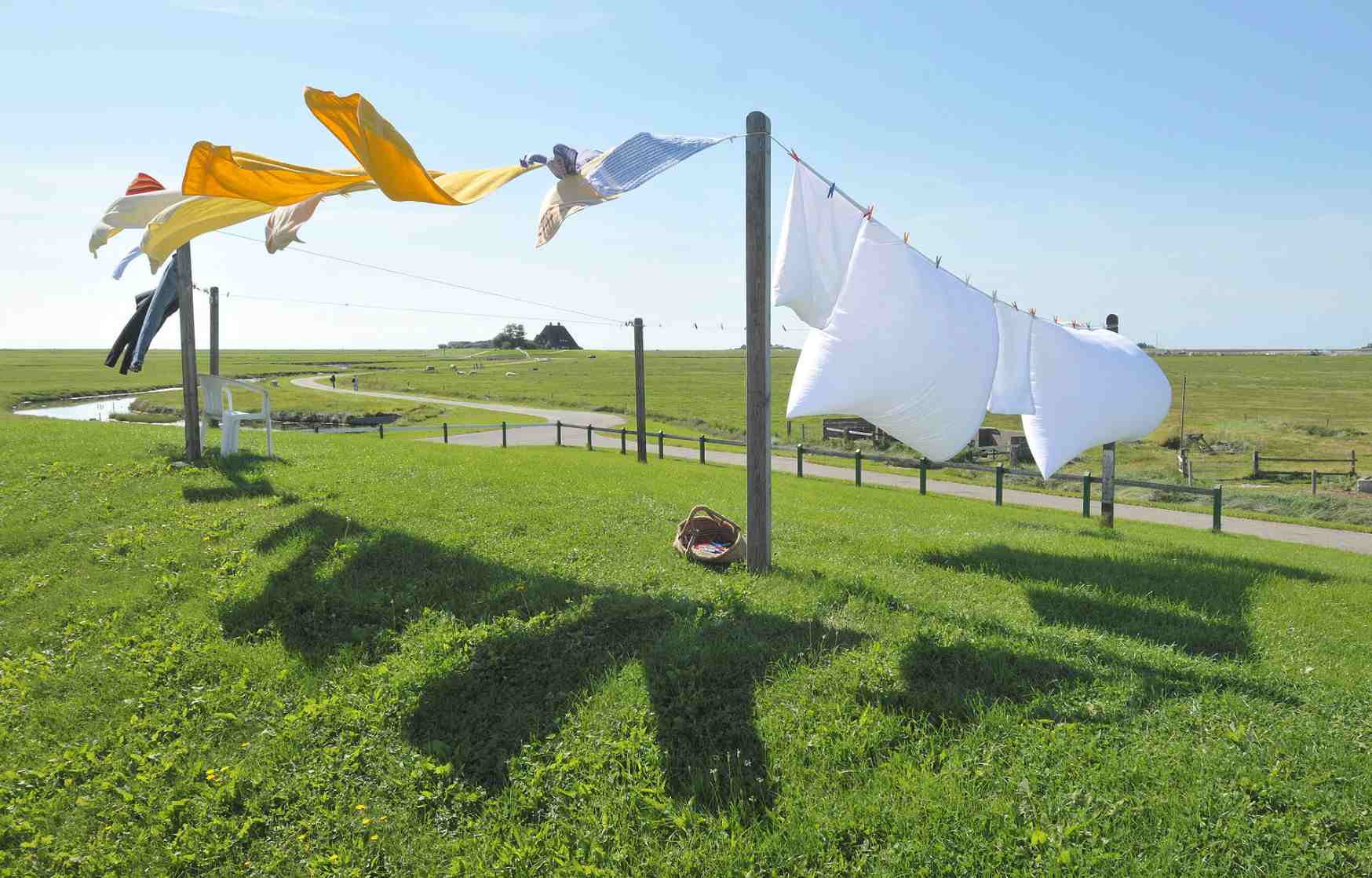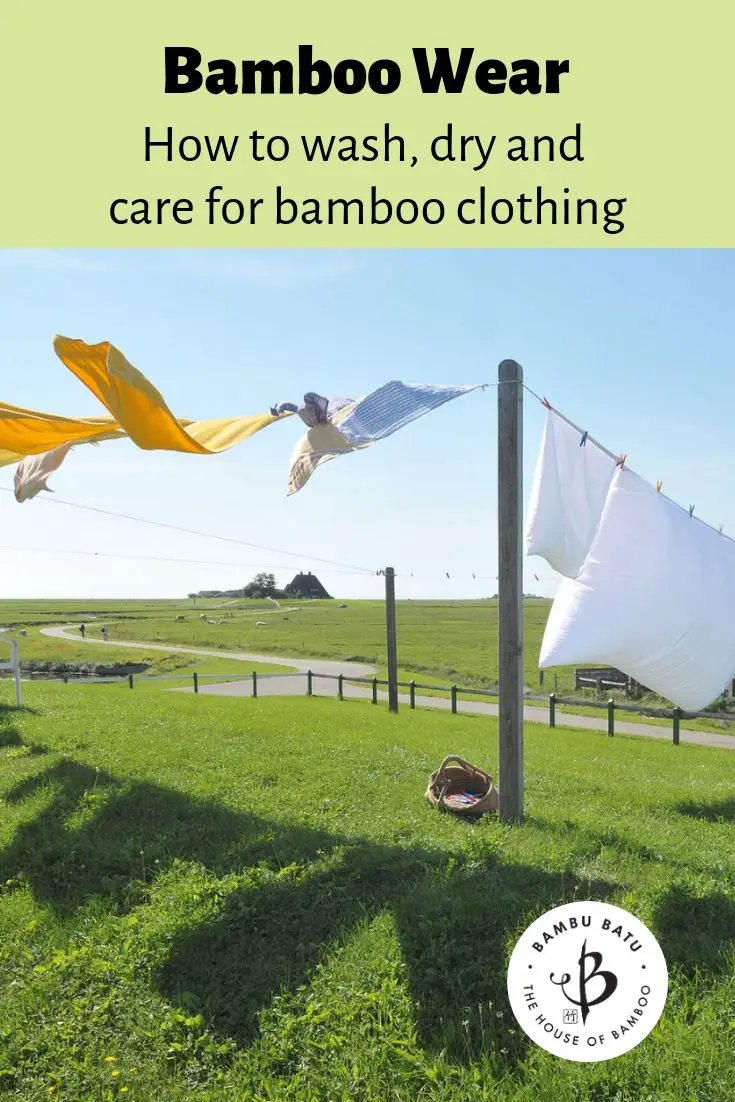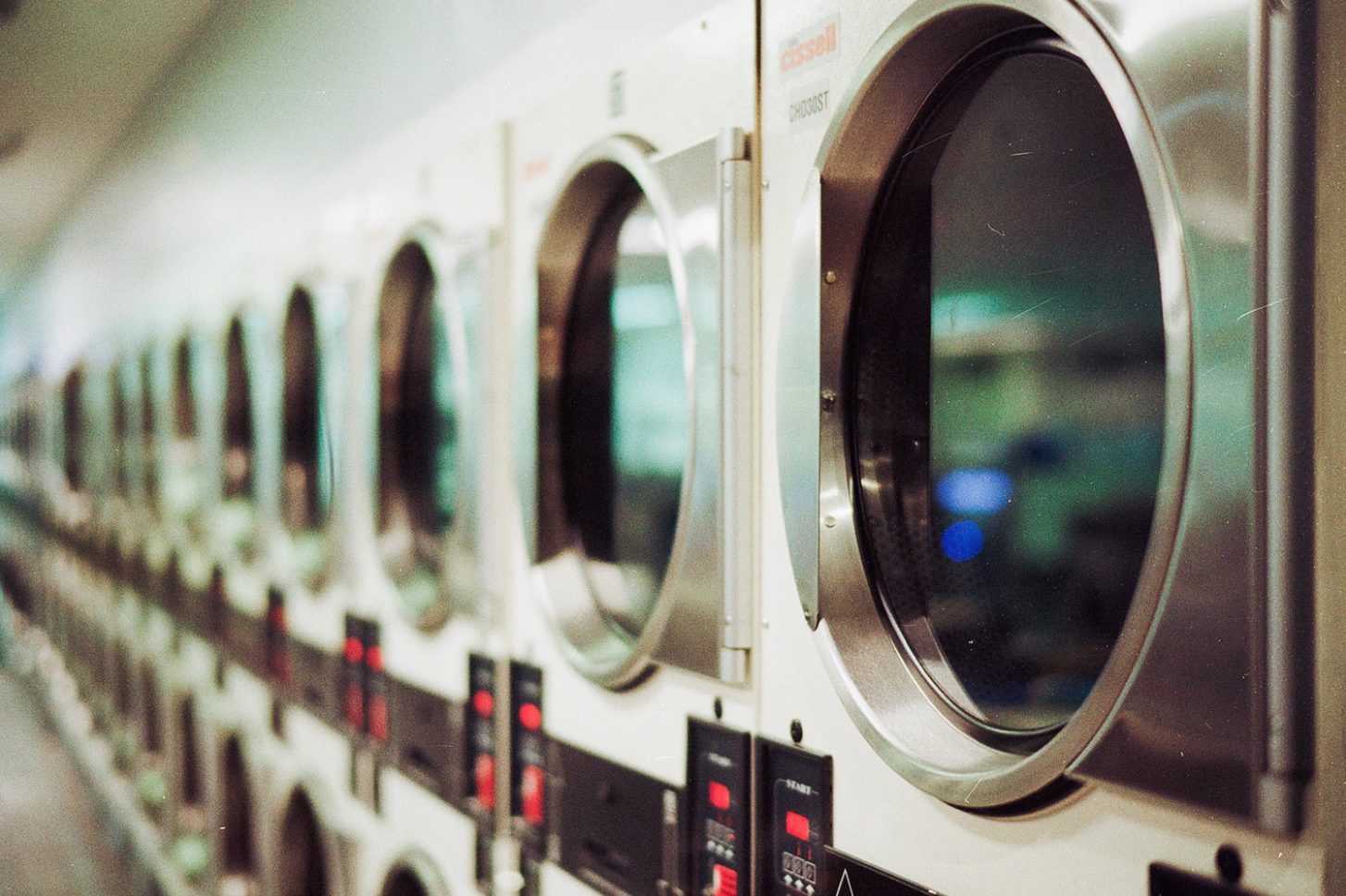Bamboo clothing has a long list of benefits, in terms of both comfort and sustainability. But after you’ve enjoyed the pleasure of superior softness and a small carbon foot print, you might wonder: What’s the best way to wash and care for my bamboo clothing?
If you read the labels on your bamboo clothing items, they will usually say wash cold and dry low. In fact, this is the best way to care for all your natural fiber garments, including hemp, bamboo and organic cotton. Following these simple instructions will provide you with the longest lasting clothing and minimize shrinkage, fading and general wear and tear.
Support the bamboo movement when you shop for bamboo clothing and bamboo bedding.
General care instructions for bamboo clothing
When deciding how to wash and care for your garments, it’s difficult to make sweeping generalizations. That’s partly why washers and dryers come with so many settings. It’s not because every cotton article needs to be washed one way, and every linen item should be washed another way.
In most cases, the washing instructions have as much or more to do with the weight and weave of the fabric as the material from which it’s made. In other words, delicate and lacy garments will probably need certain care, while heavier canvas and denim articles will require different care.
Having said that, washing on lower temperatures and spending as little time as possible in a hot dryer is typically the best thing for most garments and textiles.
Bamboo clothing in the washing machine
In some cases, bamboo is woven into something extremely delicate, like women’s lingerie, for example, or a scarf with lots of dangly tassels. Bamboo can also be blended with silk or cashmere. In these less common instances, it’s best to hand wash your bamboo items.
But for the most part, you can toss bamboo in the washing machine like most everything else in your wardrobe. To maximize the lifespan of your natural fiber clothing, it’s best to wash cold or warm.
In almost every case, bamboo fabric comes pre-washed, so shrinkage is not ordinarily an issue. But washing on cold is a good way to avoid unexpected shrinkage, or the possibility of uneven shrinkage when bamboo and other materials are mixed together.
In the 1990s, when eager bamboo enthusiasts were rushing to bring their pioneering products to market, some of them may have jumped the gun and overlooked the need for things like careful pre-washing. But over the years, as the material went more mainstream, bamboo fabrics quickly improved in quality, meeting or exceeding the general standards of the garment industry.
As such, you can typically just follow the wash and care instructions on your labels. But whether you’re washing bamboo, cotton or linen, it never hurts to wash things more gently. For most of us, the greatest wear and tear will take place in the washer and dryer. Children’s clothing would be the glaring exception to this rule. 🙂
Bleach and stain removal with bamboo clothing
Bamboo is neither unusually resistant nor abnormally susceptible to staining. Anti-microbial properties do reduce odor and mildew problems, but dirt happens, even on something so delicious as bamboo.
Bleach is not recommended for natural clothing like bamboo, partly because of its toxicity and also due to its harshness on the fibers. We suggest naturally based laundry detergents like Seventh Generation, available at health food stores everywhere.
Check your neighborhood for Zero Waste Stores where you can refill your own containers with eco-friendly soaps and cleaning products without frivolous packaging. You can also use something as simple as hydrogen peroxide as an alternative to bleach.
Drying bamboo clothing
One important feature of bamboo to be aware of is its absorbency. This is a fabulous characteristic of bamboo towels and moisture-wicking bamboo socks. But when it comes time for drying, the super absorbent bamboo items will take longer.
Usually this isn’t such a big deal, but if you’re in a hurry it can be an inconvenience. If you’re traveling, for example, and want to wash some clothes in your hotel room and hang them up to dry overnight, that might not be enough time (depending on weather conditions, of course.)
Generally speaking, bamboo clothing can go in the dryer. But if you’re a big fan of natural fiber clothing, there are a few reasons why you might want to keep the running times on your dryer to a minimum. Sometimes it makes sense to air dry things for 20 or 30 minutes and then lay them out flat to dry the rest of the way. Other people prefer to line dry the whole way.
The advantage laying clothing flat to dry is to prevent items from stretching out. When bamboo comes out of the washer fully wet, it can be pretty heavy. So when it hangs up it will sag pretty low, and sometimes there’s a risk of things stretching out of shape. This is not a problem for items like socks and towels, but could be an issue with long dresses and larger, long-sleeve shirts.
Some people like to use fabric softener in their laundry to keep things extra soft. But these kinds of chemical additives sort of go against the philosophy of wearing natural fiber clothing and reducing your carbon footprint. And bamboo is so soft, it doesn’t really need anything like that. Also, you should be aware that using conventional fabric softeners on towels will reduce their absorbency due to the coating of the fibers.
WEAR AND TEAR
When it comes to the wear and tear of your bamboo clothing, few things will be more more deleterious than a hot dryer. Remember all that fuzz that turns up in the lint catcher after every load in the dryer? Those are the remnants of your clothing as it is slowly being digested by your appliance.
And don’t even get me started on the stocking vortex, that black hole in the dark abyss of the dryer where loose socks continually vanish from existence. Why would anyone want to expose their precious bamboo garments to that kind of mortal danger?
ENERGY CONSUMPTION
If that’s not enough reason to reduce or avoid the use of a dryer, consider the energy required to run such an appliance. If you’re serious about reducing your carbon foot print, this is a great place to start. Especially if you live in a place like California where the sun never stops shining and energy crises are a regular event.
According to the International Energy Agency, about 15% of total global energy demand comes from household appliances. Of these appliances, home dryers are among the most energy intensive.

If you prefer to rely on solar energy, this is the best way to do it, and cut out the middle man (i.e., the photo-voltaic panels). Sunlight also has natural antibacterial properties that help to get whites whiter and remove stains.
Ironing bamboo clothing
For those who prefer their clothing crisp and smooth, bamboo fabric is naturally very smooth, but not particularly crisp. So most bamboo garments don’t require ironing.
Bamboo sheets, the epitome of night time comfort, do have a tendency to wrinkle. If this is annoying, you can go ahead and iron them.
Just use common sense when you iron. Don’t crank the iron up to maximum heat when ironing a delicate bamboo blouse. And don’t iron directly over the printed area of a t-shirt.
Conclusions
Bamboo clothing is amazingly comfortable and somewhat exotic. But washing and caring for your bamboo garments doesn’t have to be complicated. The rule of thumb is simply that the gentler you are, the longer it will last. That means not boiling it in the washing machine or cooking it in the dryer. In most cases, wash cold and dry low or lay it out flat to dry. And with that, your bamboo wardrobe will bring you many long years of sumptuous satisfaction.
You can support Bambu Batu and the bamboo movement when you shop for bamboo clothing and bamboo bedding.
To learn more, check out some of our other in-depth articles.
- What’s so great about bamboo?
- Oeko-Tex and organic certification
- Best bamboo towels
- Best bamboo sheets
PHOTO CREDIT: Laundromat by Jeremy Sallee (Unsplash) and clothes line by Michael Gäbler (Wikipedia)





















